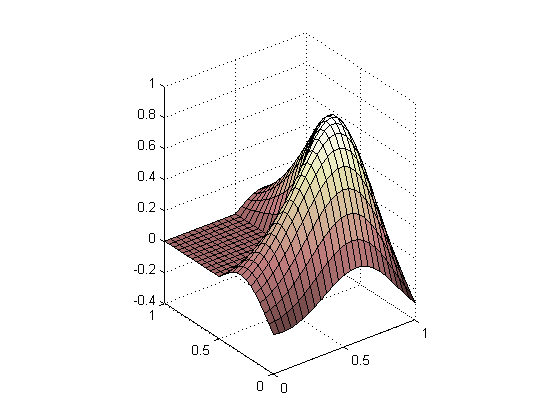Risultati per





Paul Prints the L-Shaped Membrane
As promised, Paul Kassebaum is back this week with an in-depth discussion of how to get from a mathematical object in MATLAB to a solid object you can hold in your hand. Paul is a maker in the truest sense of the word. If there are a hundred weird and unexpected obstacles between him and the thing he wants to
- Content streamlined to reduce the focus on data processing and feature extraction, and emphasize the machine learning workflow.
- Course example simplified by using a sample of the original data.
- Classification Learner used in the course where appropriate.
- Explore Convolutional Neural Networks
- Tune Deep Learning Training Options
- Regression with Deep Learning
- Object Detection with Deep Learning
Numpy in MATLAB
I've been a user of Python for almost as long as I've been a user of MATLAB and am very comfortable with both ecosystems. As such, I have been delighted with the steadily improving interoperability between the two languages. It is extremely easy to call MATLAB code from Python and Python code from MATLAB. I use this all of the

The Queen’s MATLAB
Good news for those of you who speak (and spell) the Queen's English instead of the US dialect. We are working night and day to make MATLAB use equally satisfying for the entire world's English speaking population!ContentsExpectations for Upcoming ReleasesNamesOur Current ListHelp Us Out!Expectations for Upcoming ReleasesYou can expect, in upcoming releases, to create a colorbar or a colourbar.
Provide Usability Feedback
Help improve MATLAB and Simulink and the MathWorks web site by participating in a user research session.

- Symbolic output is not displaying. The work-around is to disp(char(EXPRESSION)) or pretty(EXPRESSION)
- Symbolic preferences are sometimes set to non-defaults






